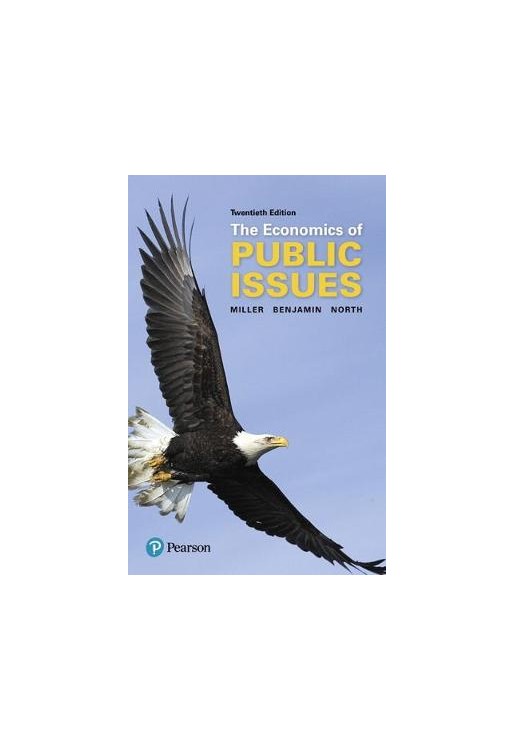For principles of economics, public policy, and social issues courses.
Brief, relevant readings that spark independent thinking and classroom discussions
The Economics of Public Issues is a collection of brief, relevant readings that spark independent thinking and discussion in principles of economics and social issues. The 20th Edition encourages readers to apply theoretical discussions to today’s important issues to gain a deeper understanding of current microeconomic policy concerns.
Spark independent thinking and classroom discussion
- Readings are concise, allowing for easy integration into any principles of economics or issues-based classroom.
- A correlation guide in the preface illustrates how to integrate topics into different courses.
- Conversational and informative non-technical writing is geared toward principles-level students and does not require advanced math.
- Using the latest debates in social policy, the authors encourage readers to question their own assumptions and the analysis offered by the media and politicians on key issues.
- End-of-chapter questions offer students the opportunity to test their knowledge and review chapter concepts.
Brief Contents


